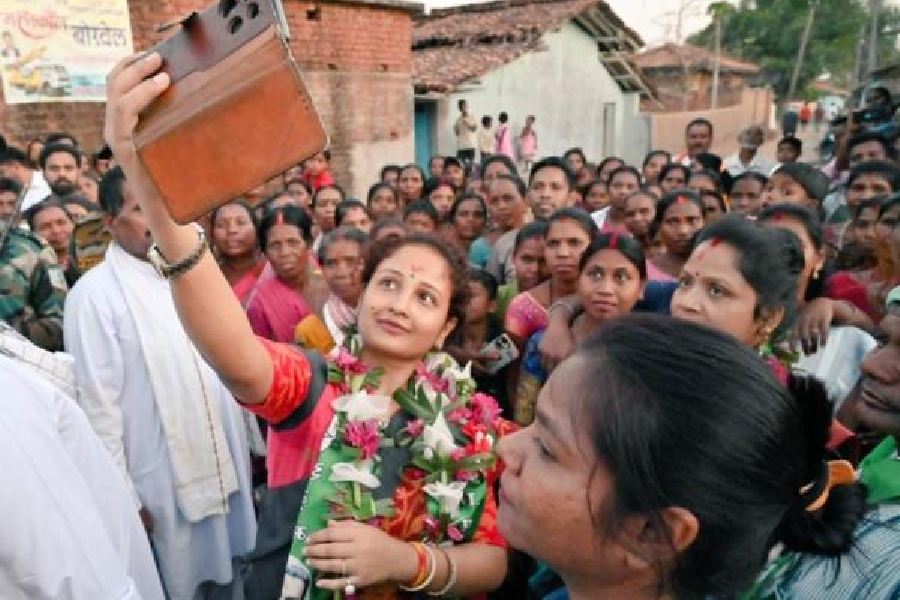The Reserve Bank of India (RBI) on Monday forecast an improvement in gross non-performing assets (GNPAs) by March.
The apex bank in its bi-annual financial stability report estimated the ratio of gross non-performing assets to gross advances to come down to 10.3 per cent by March 2019 from 10.8 per cent in September.
This came after the RBI tested the resilience of the domestic banking system against macro-economic shocks through stress tests for credit risk. The tests covered a baseline and two adverse macro-economic risk scenarios.
Under the baseline scenario, the ratio is expected to come down to 10.3 per cent by March.
The RBI said the bad asset ratio of public sector banks may decline to 14.6 per cent in March from 14.8 per cent in September.
In private sector banks, the ratio may decline to 3.3 per cent from 3.8 per cent. For foreign banks, the ratio is forecast at 3.1 in March from 3.6 per cent in September 2018.
Bad loans have been the bane of the domestic banking sector, particularly affecting the PSU lenders. The RBI has blamed the deterioration in asset quality to the credit boom of 2006-2011 when lending grew over 20 per cent. It has said the other factors that contributed to the rise in NPAs were lax credit appraisal and post-sanction monitoring standards, project delays and cost overruns and absence of a strong bankruptcy regime till May 2016. In 2017-18, the gross NPAs in absolute terms stood at over Rs 10 lakh crore.
However, the rise has been arrested with the banks focusing on recoveries amid regulations such as the Insolvency and Bankruptcy Code (IBC). The RBI report said the asset quality has improved in the first half of the current fiscal as well, with the bad loan ratio at 10.8 per cent in September lower than 11.5 per cent in March. The net non-performing assets (NNPA) ratio also registered a decline.
It is for the first time since March 2015 the ratio for both public and private sector banks have shown a half-yearly decline. The report sees this as a sign of possible recovery.
Shaktikanta Das, the new RBI governor, said in the foreward to the report: “After a prolonged period of stress, the banking sector appears to be on course to recovery as the load of impaired assets recedes, the first half-yearly decline in gross NPA ratio since September 2015 and improving provision coverage ratio, being positive signals.
“Stress test results suggest further improvement in NPA ratio, though its current level remains still high for comfort.
“Notwithstanding the significant costs wrought by the enhanced recognition of asset impairment in public sector banks (PSBs), it appears to have led to a greater discipline in credit assessment, higher sensitivity to market risk and better appreciation of operational risks.”
Das added the framework for oversight of financial conglomerates requires closer attention. He also called for “reforms in governance and oversight regime” in PSU banks.
However, there was disappointing forecast with regard to capital-to-risk-weighted-assets ratio (CRAR) of the banks.
The ratio declined marginally to 13.7 per cent in September from 13.8 per cent in March 2018. Under the assumed baseline scenario, the ratio could come down to 12.9 per cent in March 2019.
Further, around eight PSBs under the prompt corrective action framework (PCA) may have their CRAR below the minimum regulatory level of 9 per cent by March 2019 ,if there is no further recapitalisation by the government.
NBFC alert
Das also touched on the troubled non-bank lending sector, saying the non banking finance companies (NBFCs) need to be more prudent on risk-taking and also underlined the need to rebalance excessive credit growth, especially the one funded by short term liabilities.
The high credit growth is “not stability enhancing”, Das said.
Both the banks as well as non-banks need to be diligent, prudent and follow sound risk management practices, he said.
NPA FORECAST iN STABILITY REPORT
The positives...
Ratio of gross NPAs to gross advances forecast at 10.3% in March 2019 against 10.8% in September
Even in September ratio fell from 11.5% in March 2018 to 10.8%
... & the negatives
Capital-to-risk-weighted-asset-ratio forecast at 12.9% in March 2019 against 13.7% in September
Ratio fell to 13.7% in September from 13.8% in March’18










